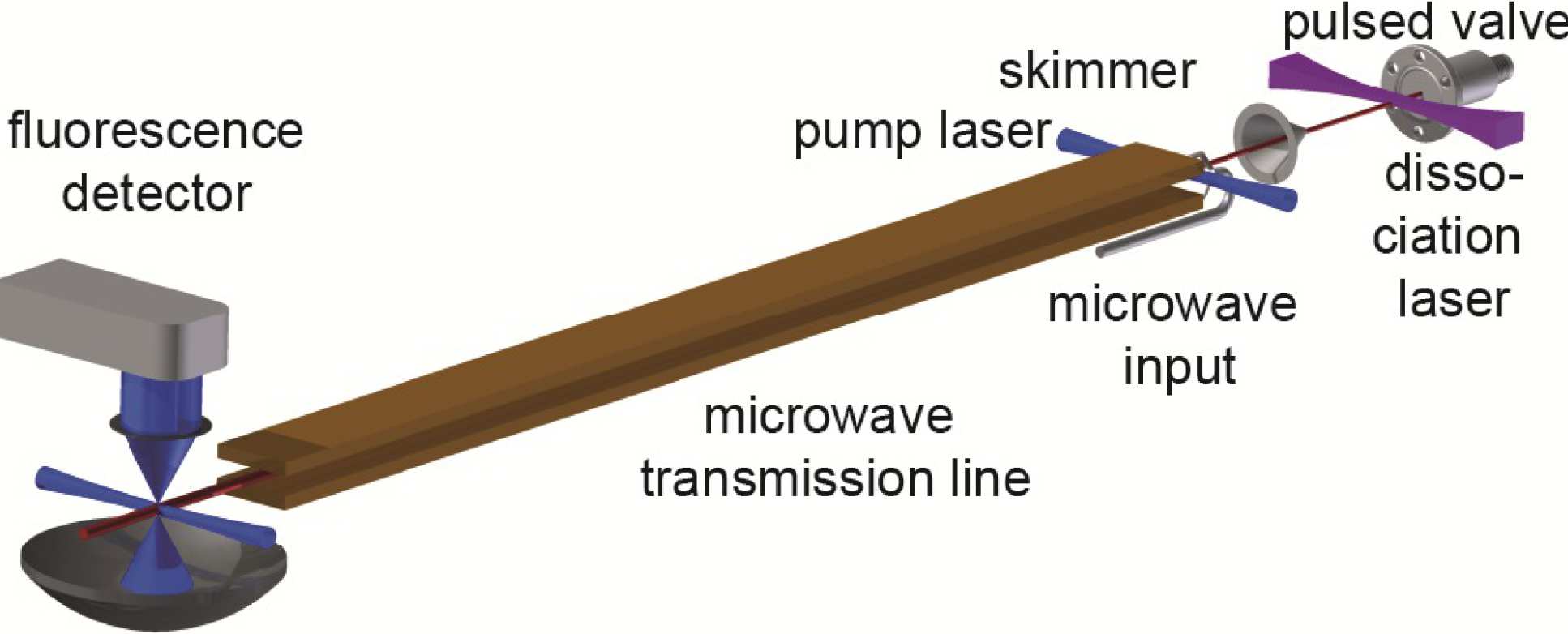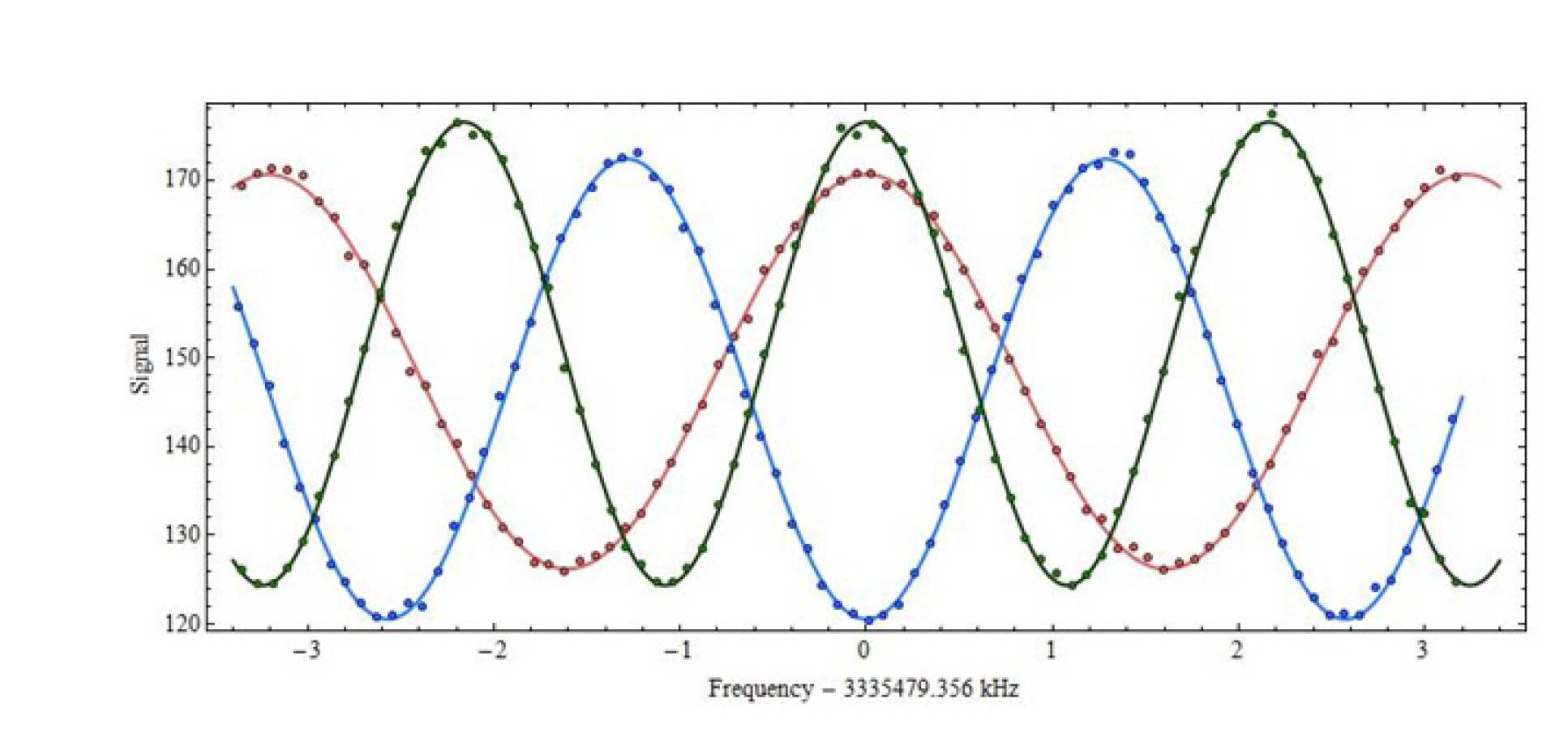In some theories the fundamental constants are not constants at all but are gradually varying over a very long timescale. There are already some experimental hints that the fundamental constants may have had different values in the past. Some atoms and molecules are abundant in space in regions of the universe that are very distant from us. It is possible to detect the spectrum of light that they emitted millions of years ago. By comparing the frequencies of these spectral lines to the values they have today, the constancy of the constants can be tested. Certain transitions in certain molecules are found to be particularly sensitive to the values of the constants - a small fractional change in the fundamental constant produces a large fractional change in the transition frequency. Such systems offer high sensitivity to changing fundamental constants.
Time Varying Fundamental Constants
- Microwave transitions in CH
- Constraining variation of the fundamental constants
- Outlook
- Further reading

